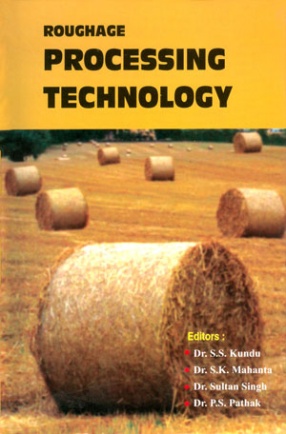
Showing all 5 books

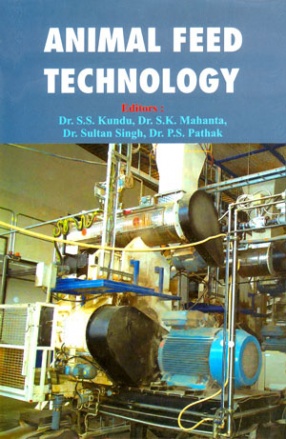
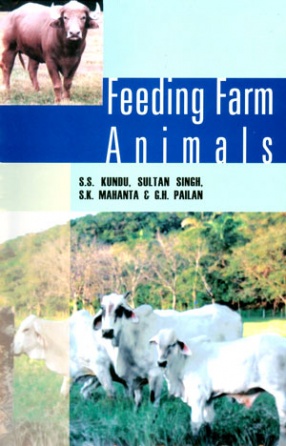
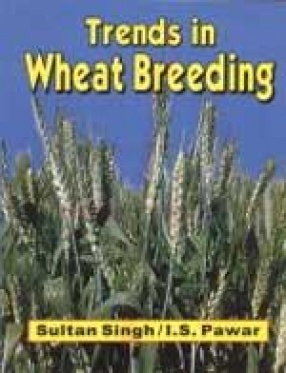
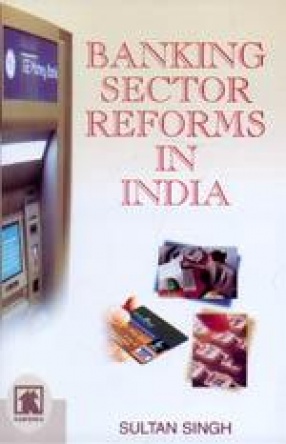

Currently India is producing 540 million tones of crop residues that includes mainly straws, stovers, dry grasses and roughages. These feed resources are high in fiber, low in cell contents and bulky in nature. Roughage are of poor quality in terms of palatability, digestibility and nutrients availability and thus are unable to meet even the maintenance requirement of animals. Roughages along with other crop residues are the main ingredients of feeding systems in ...

Livestock raising is undergoing a phenomenal change during last few years. Its economic importance has further increased and likely to zoom in coming years. The population growth, urbanization, change in dietary preferences and increased income, have driven the demand for foods of animal origin. Feed and fodder supply still remains the most critical impediment in the growth of livestock industry in the country. Overall deficiency in feed supply remains around ...

Feeding farm animals for optimum and economic production is the most important aspect, costing abut 60-70% of total input on animal raising. Keeping this in view forage based animal farming seems to be the appropriate answer for the successful development of animal husbandry in the developing countries like India. A considerable amount of work has been done on the various aspects of forage/herbage production, harvesting and processing, storage and utilization at ...

Wheat is one of the major food crops of the world and has made substantial contribution towards green revolution in India. However, it is becoming difficult day by day to increase wheat production in proportion to the rapidly increasing human population, especially in developing countries. In fact, the rate of increase in wheat production each year is gradually declining as the semi-dwart wheat era is now almost over. Therefore, there is a need to use some new ...

This book primarily aims at assessing the impact of Banking Sector reforms on the general nature of functioning and operating performance of commercial banks in India. It is divided into twelve chapters covering the brief review of Banking Sector Reforms; Management of NPAs and Capital Adequacy requirements; Measurement of Credit, market and Operational Risks; Implications of Basel-II on Indian Banks; Legal reforms in Banking Sector; Mergers and Acquisitions in ...
